If you've tried to ship succulents or ordered them from afar, you've likely experienced the miseries of spilled soil, damaged leaves, and unseen spines. I've received shipments in a sorry state, and I've also tried to send gift succulents to out-of-CA friends. Here's what I've learned.
Succulents by Mail: Six things you need to know
1. Live plants must be inspected prior to shipping to be certified pest-free, in order to protect the destination's environment and agriculture. Not surprisingly, the most vulnerable states---Florida, California and Hawaii---have the strictest regulations. Remember my mystery gymnos from Thailand? They were hidden in a box of pastries, doubtless to sidestep inspection.
2. Soil is problematical. It spills, it's dirty, and it adds weight. Go with cuttings if you can.
3. The fatter the leaf and the smaller its connection to the stem, the more likely it is to pop off. Plump-leaved succulents are especially challenging to keep intact in transit.
4. Spiny succulents like cacti and agaves need warning labels. So do those with caustic sap, like euphorbias.
5. Just because you put labels and arrows on a box doesn't mean it won't be delivered upside-down. Or tossed off a loading dock. Package plants for the worst-case scenario.
6. Let succulents with thin, brittle leaves (like many echeverias) get good and dry so they're soft and flexible. Flaccid leaves are far less likely to split or break.
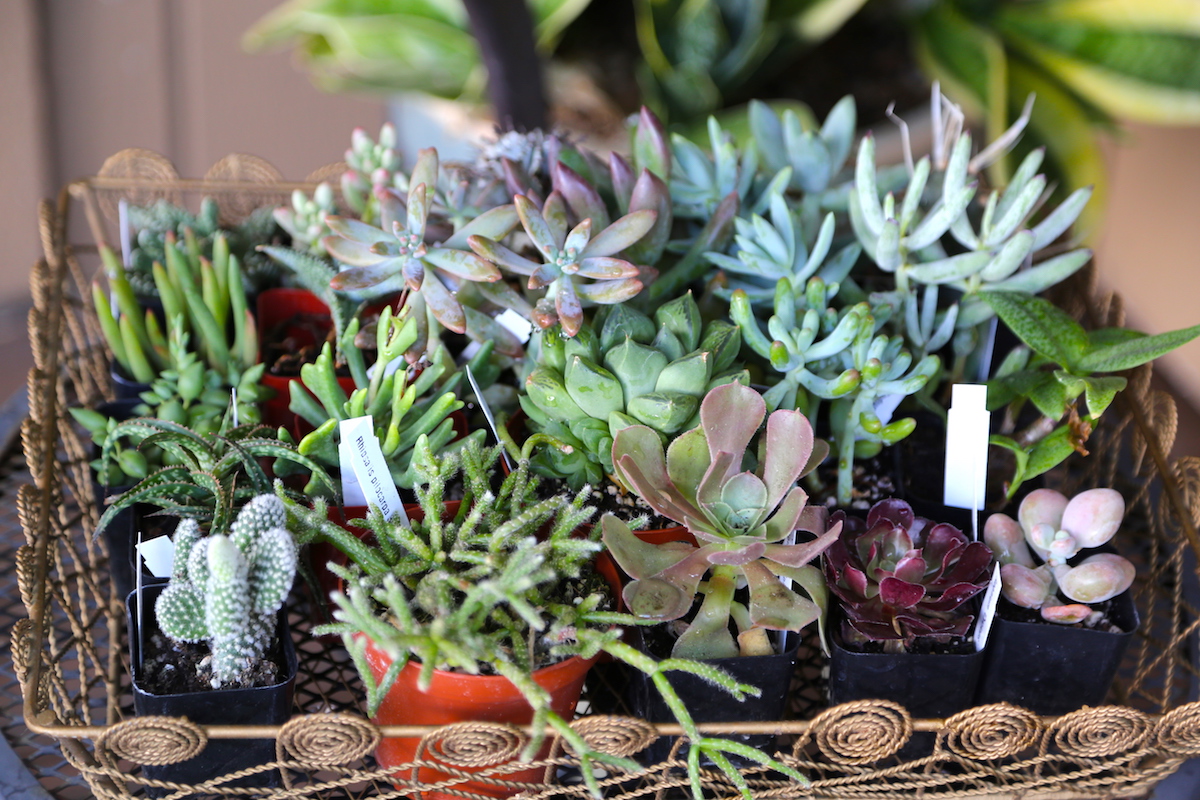
Plants after being unpacked, in my new video: Unboxing Fragile Succulents (3:53)
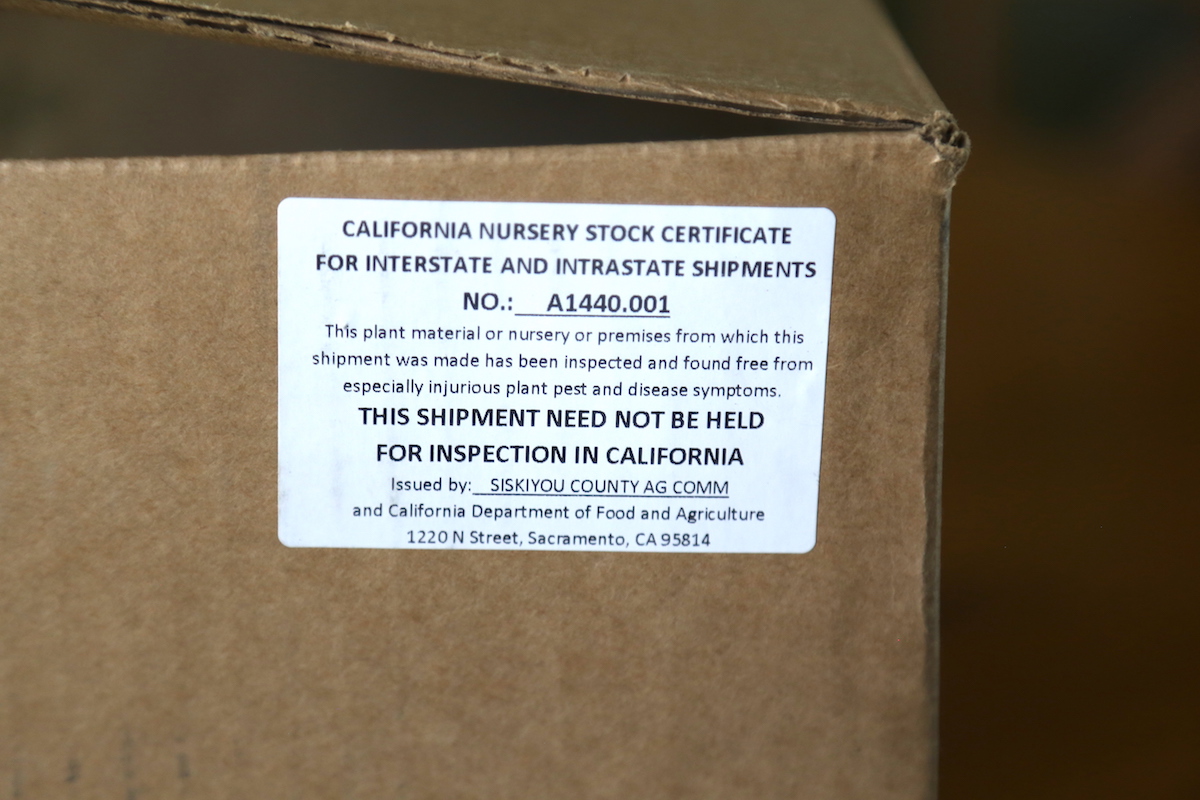
Inspection certificate
Unboxing Fragile Succulents
Recently Mountain Crest Gardens, a succulent mail-order nursery in Northern CA, asked me to evaluate their packaging. I assumed I was already familiar with it...packing peanuts made of corn starch, right? Into the compost pile they go. Ah, yes, but there's always room for improvement. Seems they've come up with paper cones to secure plants in nursery pots (similar to the sleeves florists use for bouquets) plus shredded, biodegradable, cardboard "crinkle paper."

In my new video I unpack two dozen succulents
Mountain Crest sent a box 6 inches high by 12 inches wide by 16 inches long. It came via 3-day to replicate transit time to the East Coast. Inside were two dozen assorted succulents selected for being especially challenging to ship: aeoniums with leaves that mar easily, a cactus with glochids, a euphorbia with milky sap; and quite a few with fragile, brittle or detachable leaves. None had issues despite landing upside-down on a sunbaked driveway on a 95-degree day.
A word about delivery drivers. They mean well, but they do things that are forehead-slappers, like ignoring arrows and words like "Live Plants" and "This Side Up," and setting boxes in hot sun---or where the contents are certain to eventually cook or freeze. So no matter how excellent a nursery's packaging, track your shipment and be home to rescue it.
P.S. "We’ve already made another tweak since sending those plants," says Mountain Crest's Matts Jopson. "We’re using tissue paper inside the cones for all cacti since it’s much easier to remove. The crinkle paper gets stuck on the spines."
Watch my new video: Unboxing Fragile Succulents (3:53).
Box contents
The post Avoiding Mail-Order Succulent Misery appeared first on Debra Lee Baldwin. Copyright © Debra Lee Baldwin.
from Debra Lee Baldwin https://ift.tt/2PR7CYR
via IFTTT

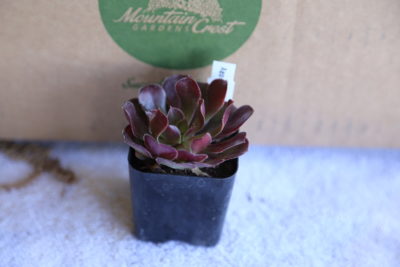

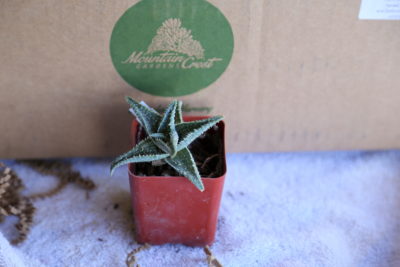

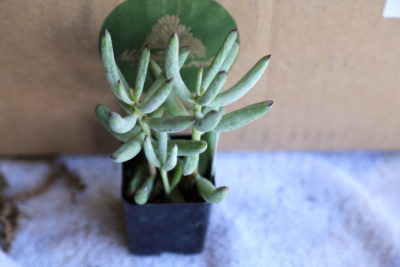
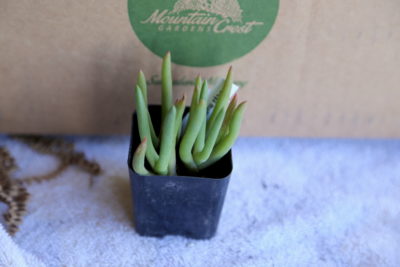
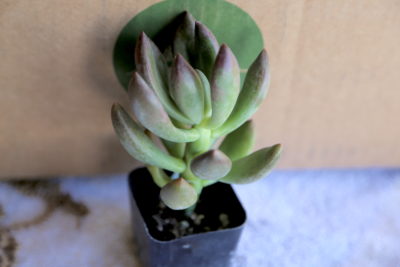
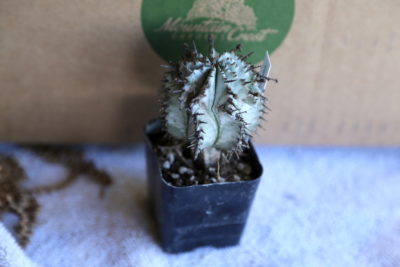

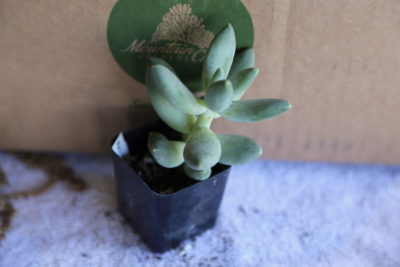
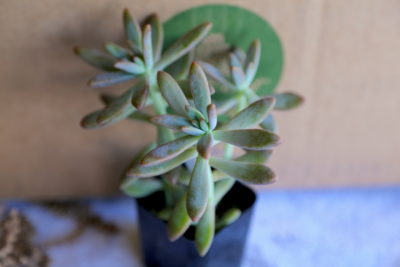
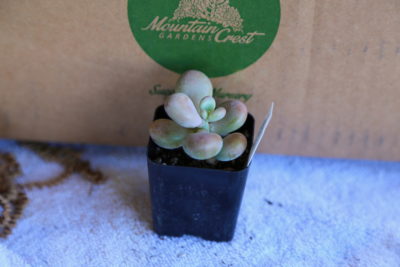
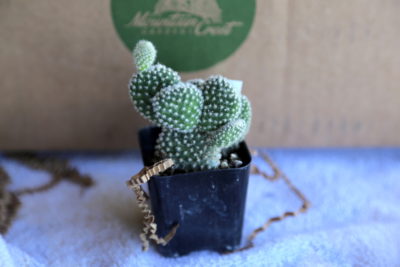

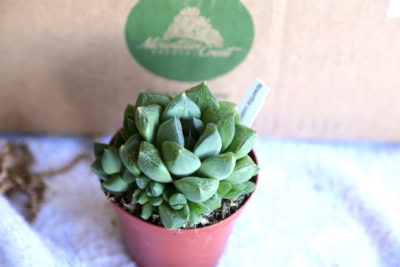
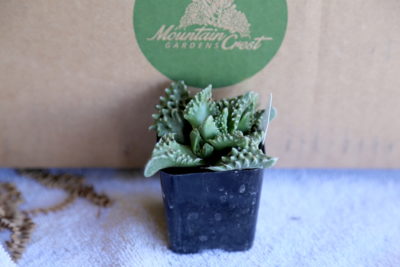
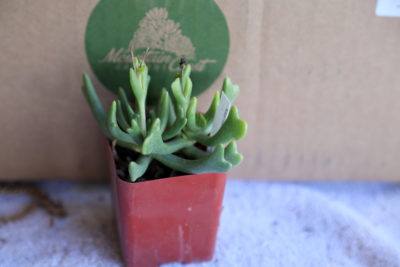


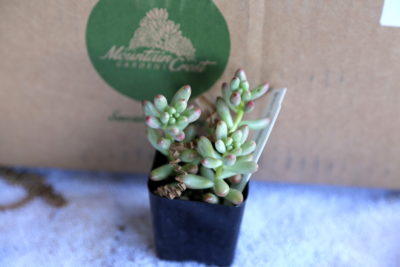
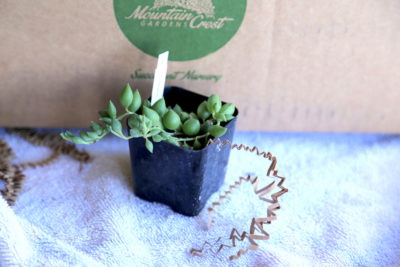


No hay comentarios:
Publicar un comentario